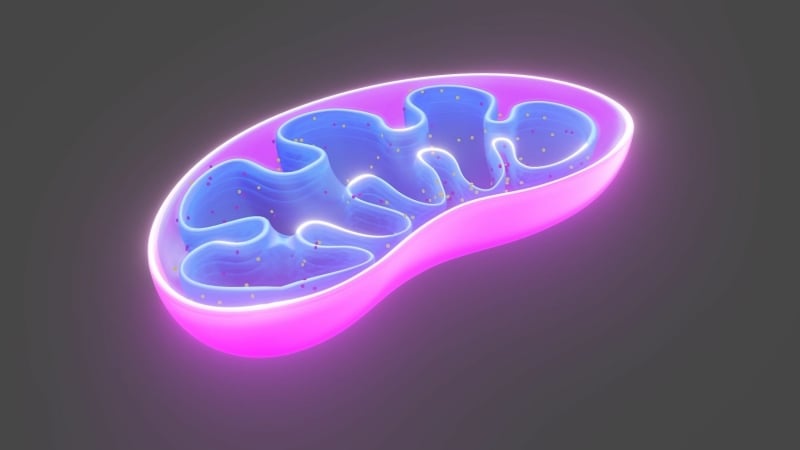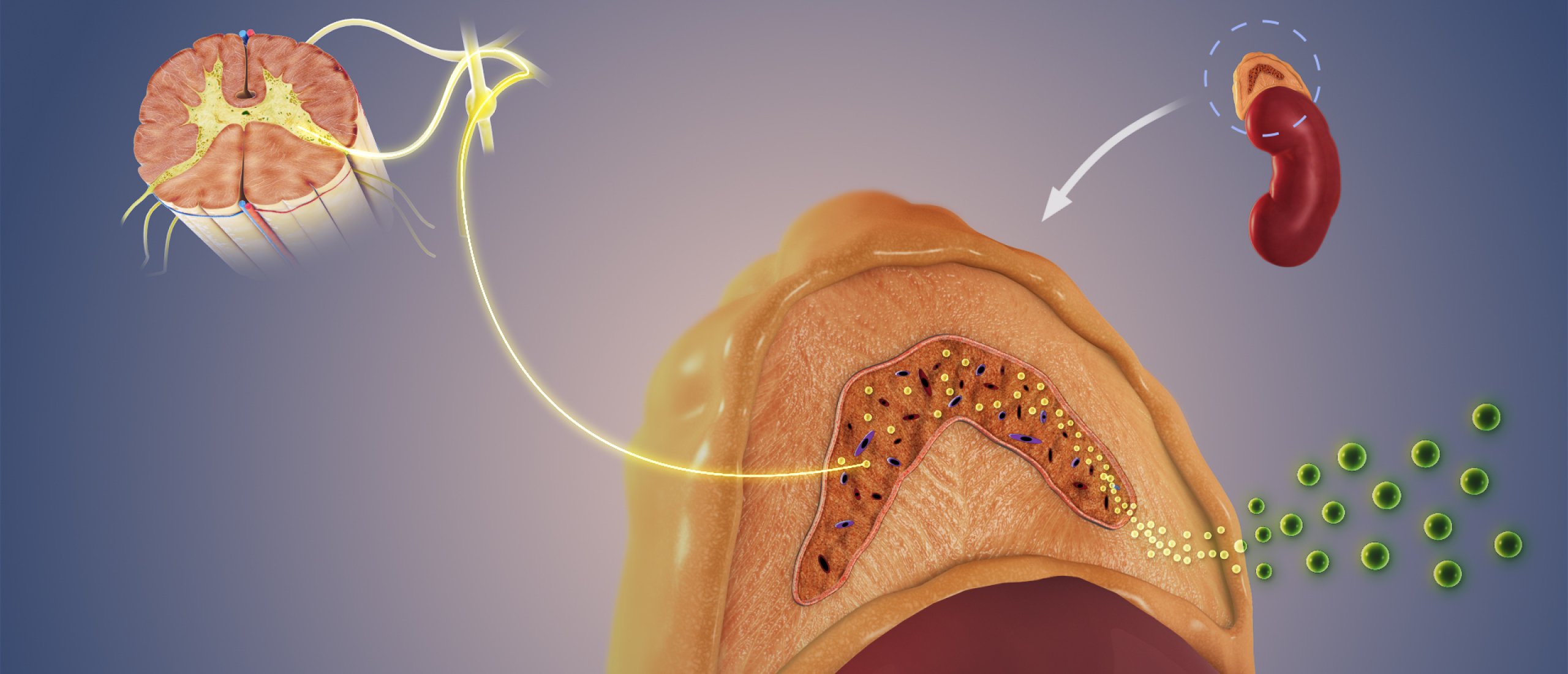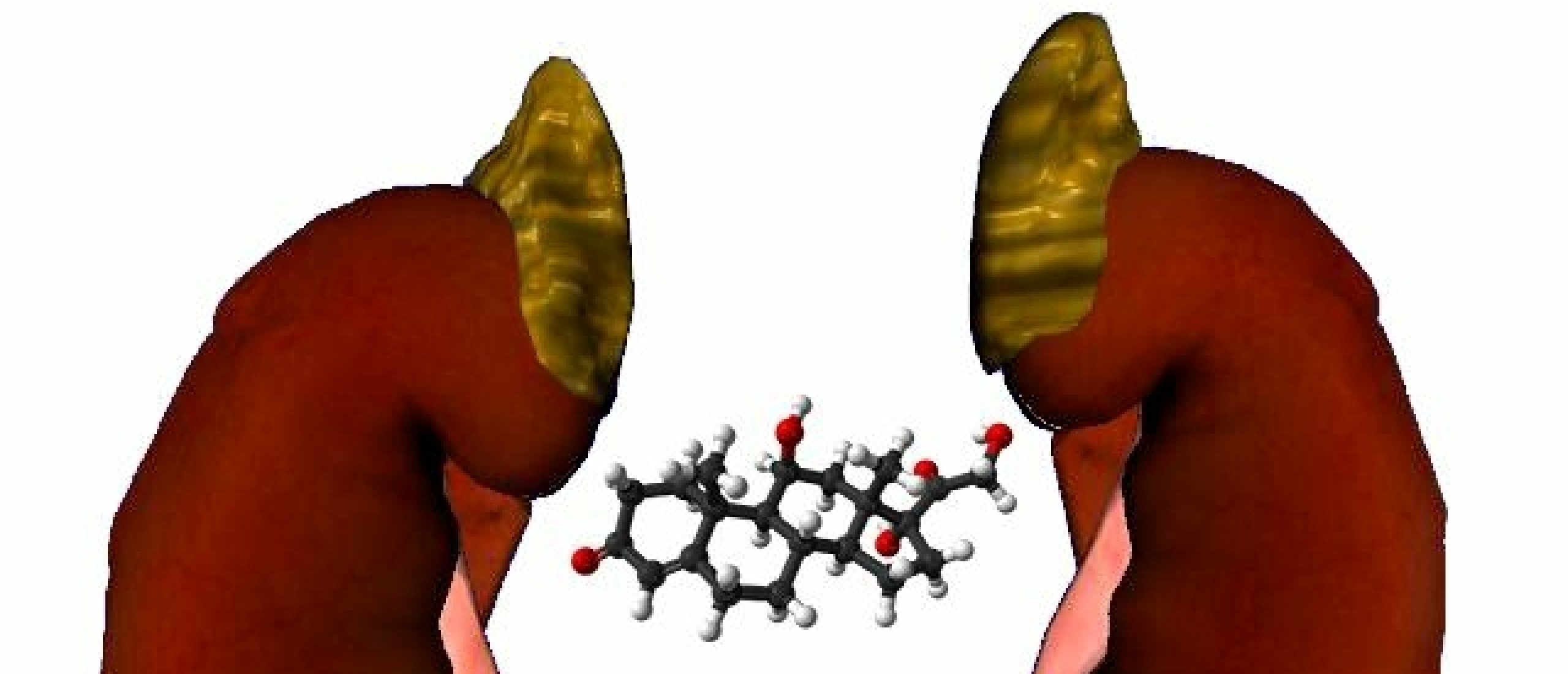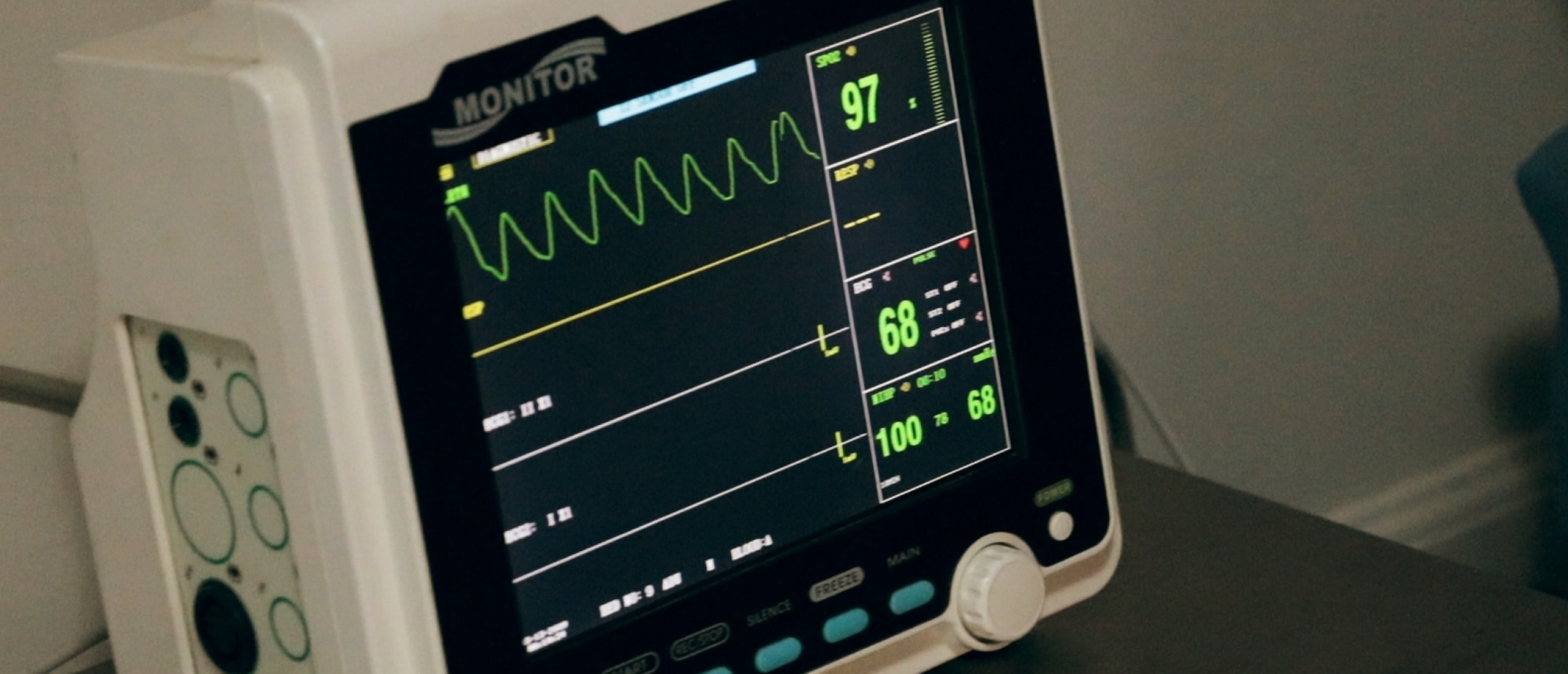
Redistribution of energy to organs that need to be activated to deal with a problem is a key function of the stress reactions in the body. It allows for fight-or-flight reactions and permits us to focus our attention on stressful events. Stress is all about energy, linking it to fatigue and burnout.
Redistribution of energy
Every process in our body, be it thinking, defending against viruses, growing or walking, requires energy. Each and every cell in our body needs energy to fulfill its particular tasks. Dealing with stress also requires energy to enable allostasis, a scientific term to indicate the changes that are necessary to adapt to the stressor. The stress reactions make sure that energy is delivered to the organs that need it most to deal with the stressor. The stress hormones adrenaline (epinephrine) and especially cortisol play an important role in this. Both make energy available from glucose (sugar) stores in the liver. Cortisol reduces the activity of organs that are not involved in dealing with the stressor, which saves energy. Less energy is therefore spent on investment processes such as growth, reproduction and defense against bacteria and viruses.
One could say that the stress responses provide “energetic focus” during stress, just like they give “mental focus” in the brain to concentrate on the stressor (the problem that gives stress).
So, how do the stress responses manage to redistribute energy?
Mitochondria, the energy factories of cells
Energy is generated by small structures within all cells of our body. These are the mitochondria. Every cell of the human body contains a variable content of 100 to 1000’s of these, depending on the energy demand of each cell type. Mitochondria use glucose (sugar) to generate energy and store this as a form of chemical energy in a molecule known as ATP. ATP can then be used to fuel all activities within the cell, like gasoline in a car.
 Mitochondria are small structures within each cell with a folded inner membrane that can only be seen with the aid of a powerful electron microscope. They produce energy, and can synthesize stress hormones.
Mitochondria are small structures within each cell with a folded inner membrane that can only be seen with the aid of a powerful electron microscope. They produce energy, and can synthesize stress hormones.
Mitochondria synthesize cortisol and adrenaline (epinephrine)
As mentioned, stress increases energy demand, and this has to be supplied by the mitochondria. As you may have intuitively felt, mitochondria function and stress are closely related.
Mitochondria are not only producers of energy; they can also synthesize cortisol in adrenal gland cells. The adrenal glands are the endpoint of the hypothalamus-pituitary-adrenal axis, which is activated during stress to produce cortisol. Mitochondria may also synthesize adrenaline (epinephrine) and noradrenaline (norepinephrine), which are the end products of the sympathetic nervous system. Mitochondria serve thus a double function in regulation of energy production:
1. A direct function by producing energy from sugar
2. An indirect function by synthesizing cortisol and epinephrine that both liberate sugar from the liver, which can then be used by the mitochondria.
Mitochondria in cells in the adrenal gland do not just produce cortisol, but also other hormones, collectively known as mitokines. Mitokines can call upon energy stores and reprogram metabolism in other organs. They thus affect the function of other cells and their mitochondria, similar to what cortisol does. Cortisol synthesized by mitochondria may thus be viewed as a mitokine.
Cortisol mobilizes and redistributes sugar (glucose)
Cortisol increases circulating sugar levels by acting on the liver. Cortisol signals via the activation of a receptor, a sort of an antenna in the cells that is sensitive to cortisol. The receptor tells the liver cells that it is time to start producing glucose and to secrete it into the blood.
In the muscles, cortisol and its receptor have a completely different effect. They will prevent the uptake of glucose, so that more sugar will remain in the blood and can be used by other organs, especially the brain and the heart. Muscles typically take up and store glucose, and can use their own stored sugar to generate sufficient energy for some time.
Likewise, cortisol prevents glucose uptake by organs other than muscles that are not required to deal with the stressor. Thus, the actions of cortisol are designed to elevate blood sugar concentrations, which can then be used for the generation of energy by the mitochondria of those organs that need to be active to deal with the stressor. This system of glucose distribution works the same for fats. Cortisol increases the concentration of fats (lipids) in the blood, which can be used for energy production.
Energy regulation and eating
Who thinks of energy for or within the body, thinks of eating. After all, eating is the intake of glucose, fat and proteins to provide the body with new energy substrates. It is therefore not surprising that stress influences eating behavior.
In many cases, stress leads to overeating of palatable food. This is also known as “pleasure food”, as consuming this type of food may have a calming effect, likely due to changes in the brain’s reward system. Palatable food concerns high calorie products such as hamburgers, coca cola, and all these other fatty and sugary things.
 Consumption of "comfort food" such as hamburgers provide the body with energy that is used to replenish energy stores during periods of stress
Consumption of "comfort food" such as hamburgers provide the body with energy that is used to replenish energy stores during periods of stress
Palatable food provides an enormous amount of energy, which is typically stored as fat around the waist. Such abdominal fat can be mobilized rapidly by cortisol and is a highly reliable source of energy for times of stress.
Stressed people thus change their eating behavior, moving from healthy foods to unhealthy foods. On top of that, they will also eat more. They have increased appetite, and will thus put on even more weight.
The eating, at times obsessive, of palatable food during stress does not only serve to feel better. More importantly, it reflects energy seeking and the need to replenish energy stores over periods of stress exposure. Scientists think that stress and cortisol produced by mitochondria play a role in stimulating energy seeking behavior. This reveals therefore a third role of mitochondria in maintaining energy balance. In addition to providing energy directly and indirectly, they may promote the search for high-energy food.
The dark side of mitochondrial activity
Mitochondria are recruited by stress to produce more energy in three direct and indirect ways, and can themselves influence the activity of the sympathetic nervous system and the HPA-axis. This is all necessary to cope with a stressor.
However, as with everything related to stress, there is a catch. This is that when mitochondria have to work hard for a longer period of time, they increase the production of byproducts of energy, which are free radicals. Free radicals are not only harmful to the mitochondria, but can also damage cells. Cells with damaged mitochondria will have less energy to execute their functions. Cell damage, in turn, can set off a cell-suicide program called apoptosis. Cells will die and this can lead to disease and fatigue.
To speak in stress-related terms, the body needs energy to restore homeostasis, or equilibrium. It seeks to reach equilibrium through a whole series of adaptations in the body, collectively referred to as “allostasis”. The amount of effort to be put in is known as “allostatic load”. Mitochondria will experience an allostatic load to bring bodily functions to equilibrium. When the allostatic load becomes too heavy, or is needed for a prolonged period of time such as in chronic stress, the mitochondria have to churn out an enormous amount of energy. This leads to production of free radicals, mitochondrial damage and eventually cell death.
This may be the reason why many people under chronic stress feel exhausted or burned out. Surprisingly, a documented link between mitochondria function and burnout has apparently not been described in the scientific literature. However, mitochondria dysfunction is currently considered as one of several hypotheses explaining chronic fatigue syndrome.
Stress: focus on energy
Here at Stressinsight we believe that mitochondria and energy play an important part in stress and stress resilience. The generation and redistribution of energy during stress is a fantastic strategy to deal with stress as it arises. Chronic stress, however, could induce mitochondrial damage and consequently put health in danger. As mitochondrial functions can be measured in the laboratory, we would not be surprised to see more scientific publications appear in the future that report on mitochondrial damage as a consequence of chronic stress in the near future. This may have implications for how we look at chronic fatigue and burnout.











